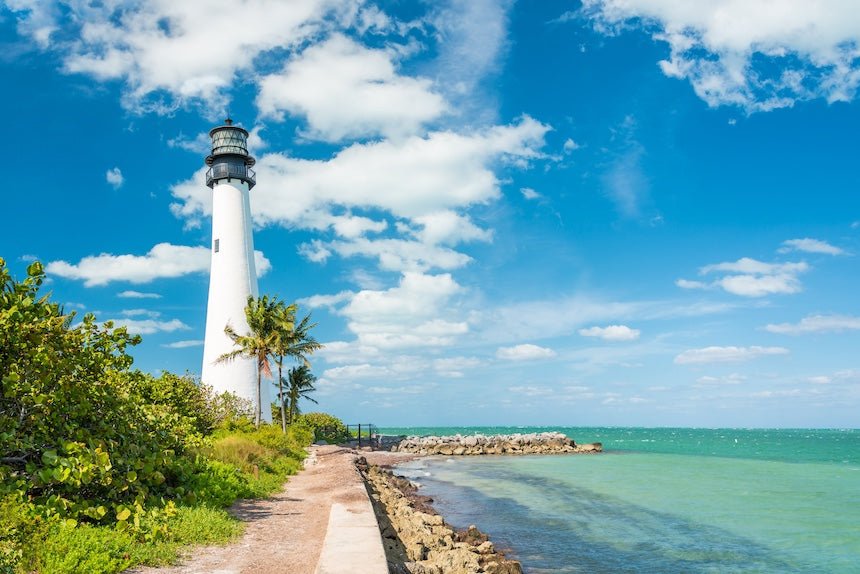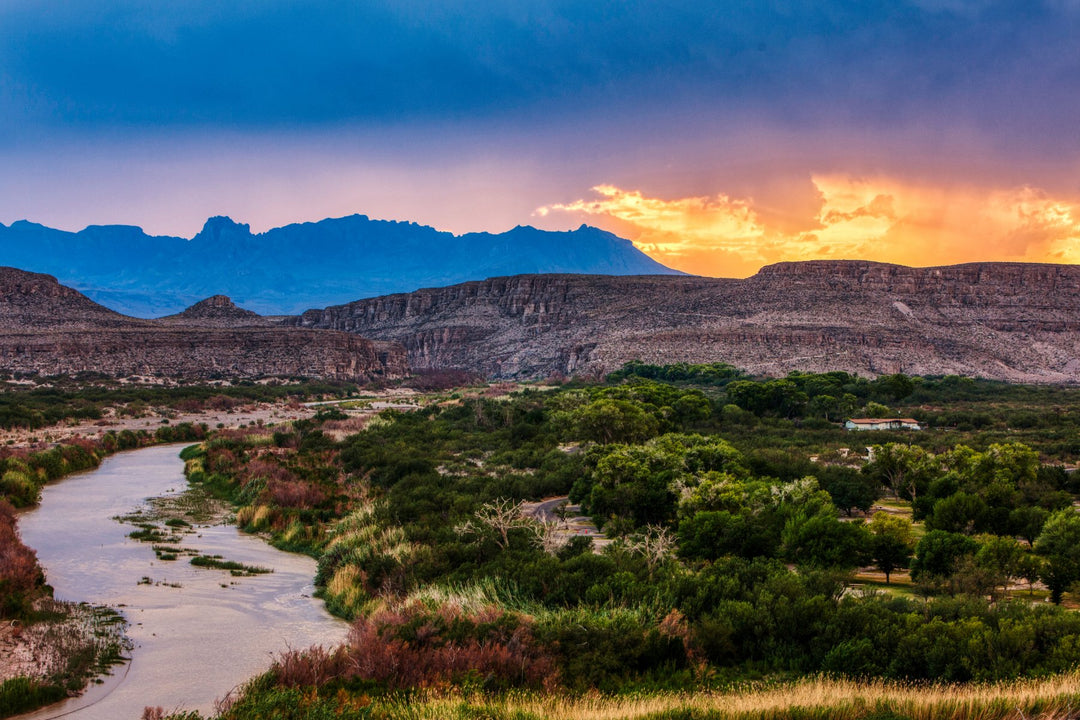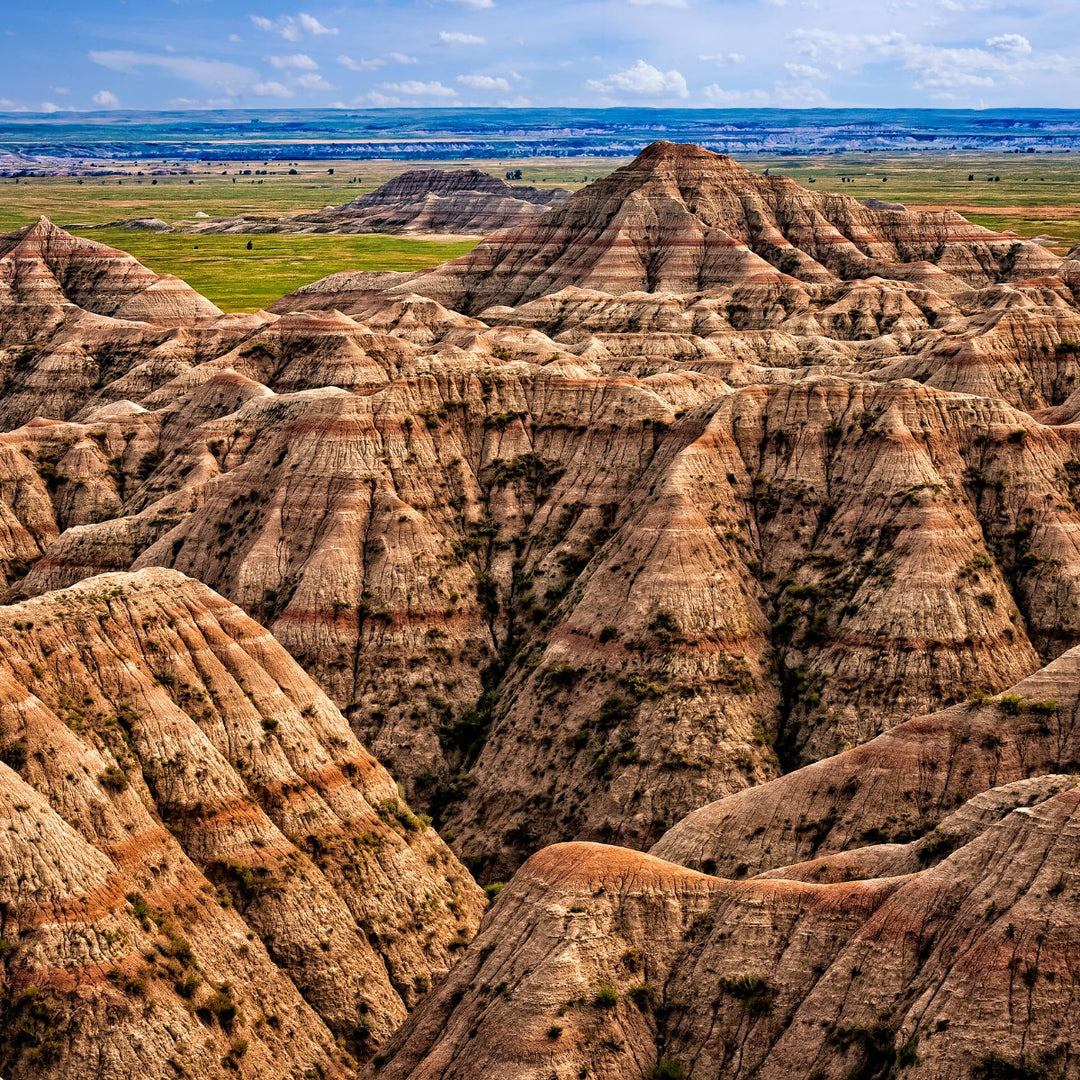10 Glacier National Park Vistas to Transport You Back in Time
The virgin woods, steep mountains, alpine meadows, and incredible lakes are just a few of the reasons why someone should visit Glacier National Park.
Glacier is undoubtedly a hiker's paradise for adrenaline-junkies seeking wilderness and isolation, including over 700 kilometers of trails.
Ancient chalets, guesthouses, and the renowned Going-to-the-Sun Road can transport travelers back in time. Here are a few more spots you should not miss when visiting Glacier National Park!
Lake McDonald

Glacier National Park's greatest lake is Lake McDonald. Lake McDonald is placed at 48°35′N 113°55′W in Montana's Flathead County, United States. The lake goes on for about 10 miles, is nearly a mile wide, and is a whopping 472 feet deep. So it fills a valley carved by glacial action and erosion.
Numerous native game fish and trout may be found in the lake. Among the species that can be caught are the rainbow trout, lake trout(char), bull trout (char), kokanee salmon(landlocked sockeye), and mountain whitefish. Grizzly bears, moose, black bears, and deer may be found around the lake in a variety of habitats, although they are most numerous towards the north bank.
Grinnell Glacier

Grinnell Glacier lies in a central position in the Glacier National Park in Montana, United States. The Grinnell glacier is dedicated to George Bird Grinnell, who was an 18th Century conservationist and adventurer who also happened to be a significant supporter of the park's establishment.
The Grinnell Glacier Trailhead, about a quarter mile before the turn for Many Glacier Hotel, is the starting point for the traditional trek to Grinnell Glacier. By riding the 2 shuttle ferries between Swiftcurrent Lake and Lake Josephine, you may skip 3.4 miles from your circular trek.
Avalanche Lake

Avalanche Lake is situated in Glacier National Park and is among the most favorite locations for water sports.
The Avalanche Lake is a two-mile stroll all along the Trail of the Cedars. Topping the list of incentives to boat at Avalanche Lake is that it is a favorite fishing spot among fishermen, especially because other lakes of equal size and height in Glacier National Park lack fish.
This lake is home to the incredible Yellowstone cutthroat trout so be on the lookout for those golden-glistening fins!
Saint Mary Lake

What makes Saint Mary Lake so special, is the fact that it's the second-largest reservoir in Glacier National Park. While its elevation is nothing special and its depth makes it unlivable for the native fish, its length definitely makes it a winner for boat trips.
The Going-to-the-Sun Road runs adjacent to St. Mary Lake's north coast on the east side. Hop aboard a vintage wooden sailboat for a gorgeous and instructive boat trip to one of the 5 Glacier-Waterton lakes, better yet get your hands on your own boat, pay the rent and be captain for the day.
Logan Pass

Logan Pass (at an altitude of 6,646 ft) is a passage in Glacier National Park, Montana, that runs parallel to the Continental Divide. Even during summer, the Logan Pass Visitor Center is operational. Logan Pass is a very well starting location for backpacking and hiking excursions.
The Highline Path, which runs northward parallel to the western edge of the continental divide, passes through a region called Garden Wall because of the abundance of wildflowers that bloom there throughout the summer. Ultimately, the beauty makes the Logan Pass trails the most popular trails.
Iceberg Lake

Iceberg Lake is bordered on the south by Mount Wilbur and the west by Iceberg Peak. The Peak that goes by the same name as the Iceberg Lake, rises above the lake at a height of almost 3,000 feet (910 meters).
It is a sight to behold in winters if you can stand the climate. Iceberg Lake is also a famous day walk location located 4.8 miles (7.7 kilometers) out from Swiftcurrent Auto Camp Historic District.
Trail of the Cedars Nature Trail

The Trail of the Cedars is another backpacking trail in Glacier National Park, Montana, that may be accessed via Going-to-the-Sun Road. The paved walkway is .60 miles long and has an elevated boardwalk in certain places.
Most of the trees, including the cedars, are more than 80 feet tall. A one-mile circuit makes up the Trail of the Cedars. It is handicapped accessible and close to Lake McDonald.
It's a very popular path that also serves as the starting point for the Avalanche Lake walk. So if you want to cover two spots in a day this trail might be the right fit!
Virginia Falls

Virginia Falls is reminiscent of Icelandic falls in the way it is also a multi-tiered waterfall featuring the main fall that drops about 50 feet, another secondary cascade, and a chute at the bottom.
Even on sweltering August days, advancing to the foot of the great falls and experiencing the spray and rush of chilly air is like experiencing a brain-freeze moment.
It's worth noting that the stones near the falls are fairly slippery. Virginia Falls is considered by many hikers to be the greatest waterfall in the whole national park.
Ptarmigan Tunnel

This Tunnel was constructed in the 1930s in Glacier National Park, near Many Glacier, Montana, through the Ptarmigan Wall at a height of 7,200 ft.
With a brick retaining wall, a large space, initially for guided tour horses, stretches between each gate. The inside walls are made of natural rock. During the 1975 summer, heavy cast iron gates were put across the tunnel's entrance.
They are accessible from mid-July to October, depending on the weather. Ptarmigan's pedestrian-scaled tunnel, carved through a vertical mountain wall, was designed by Ole Westman and exhibits extraordinary elements of environmental engineering and architecture.
Going-to-the-Sun Mountain

Going-to-the-Sun Mountain, reaching 9,646 feet, is a mountainous summit in Glacier National Park in Montana, United States. Just northeast of the Going-to-the-Sun Road, the peak rises sharply over St. Mary Valley.
Even in the wintertime, the top is not insurmountably difficult to reach. In reality, enough snow makes most of the approach across poor rock considerably simpler.
The closing of Going-to-the-Sun Road, on the other hand, tends to add twenty five miles to any circular ascent. Skiing up Going-to-the-Sun Road is an obvious tactic that people use in this case.
One must explore Glacier National Park to see what it has to offer. Backpacking, riding, and camping are some of the activities available other than the wide variety of wildlife one can enjoy at the park.






Leave a comment